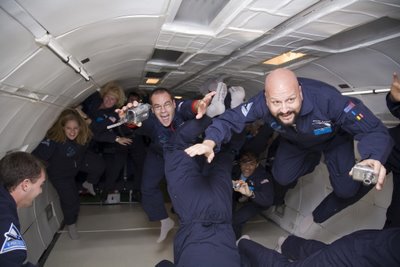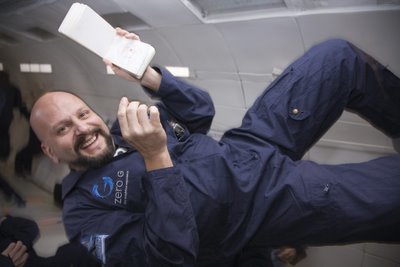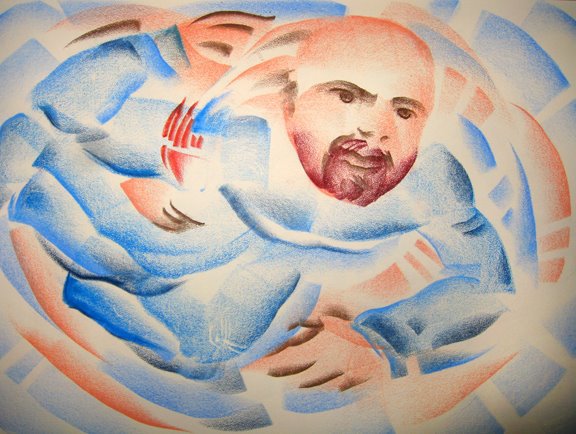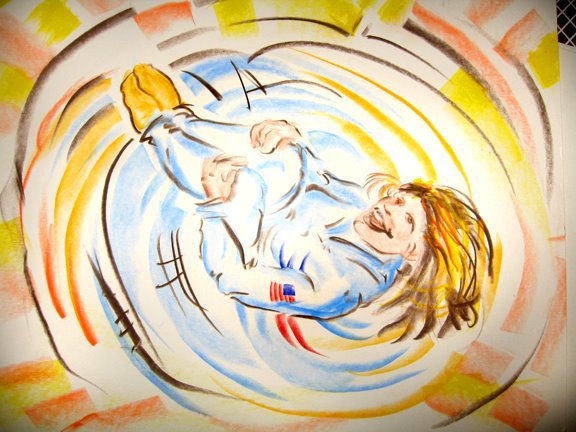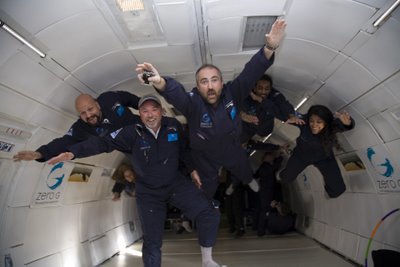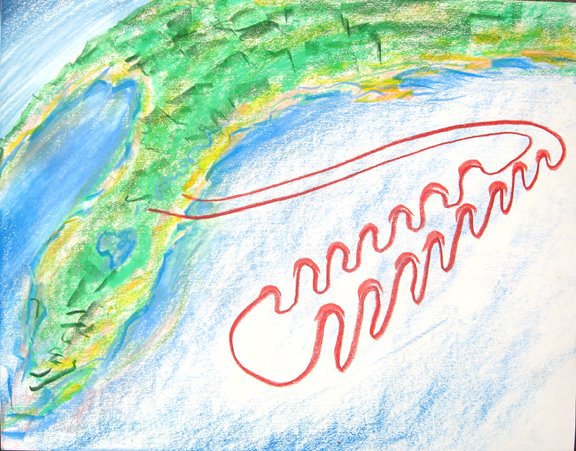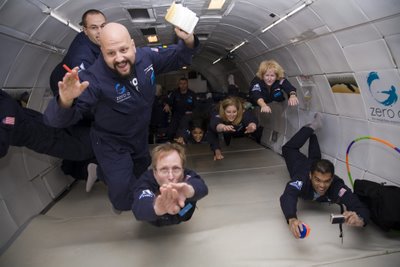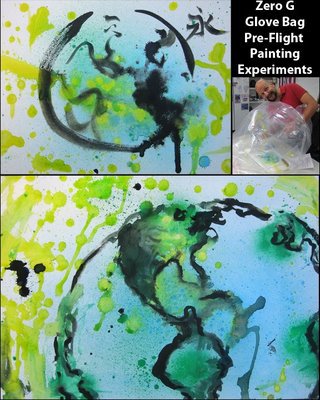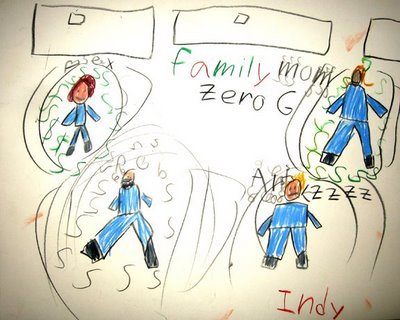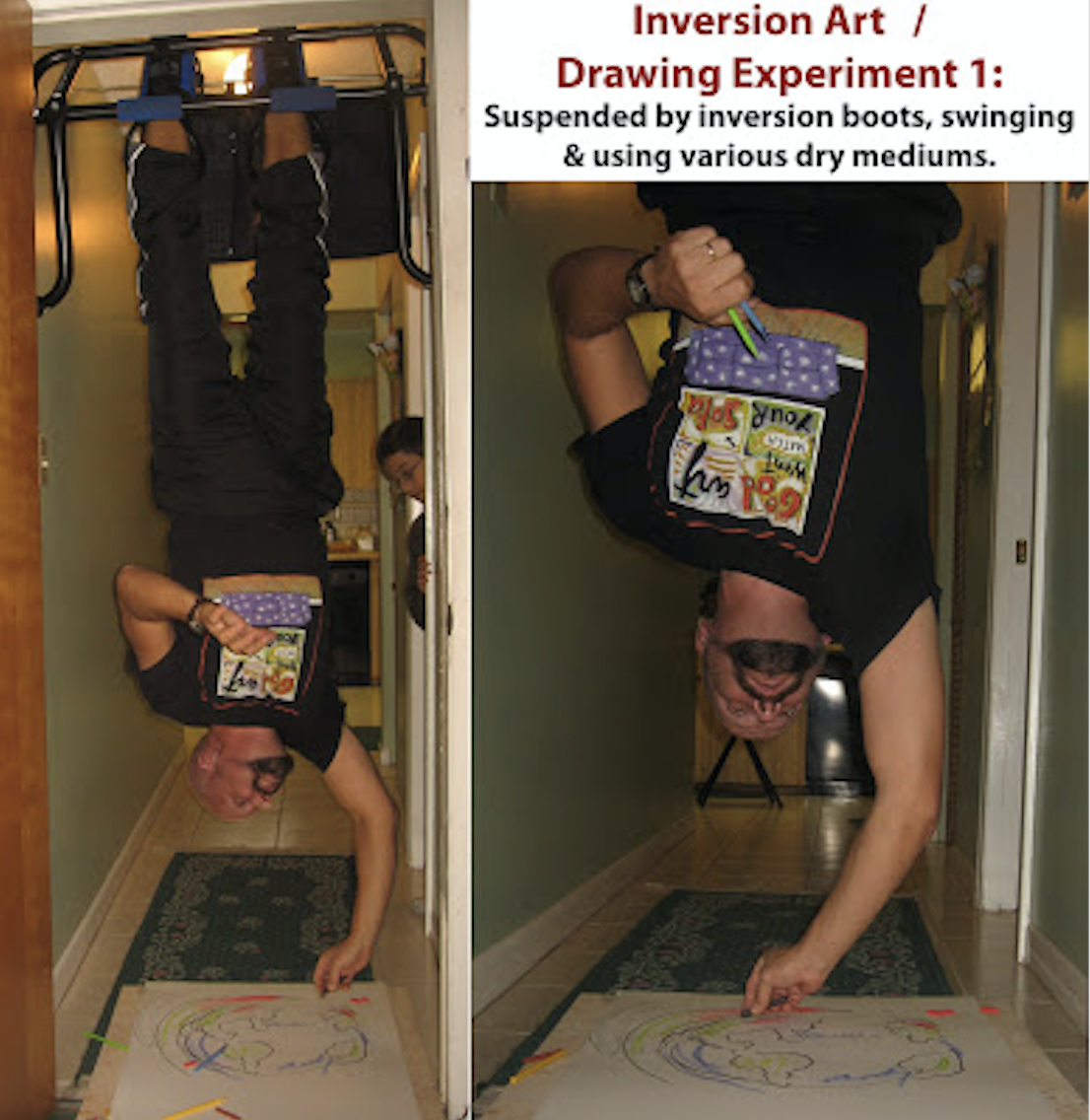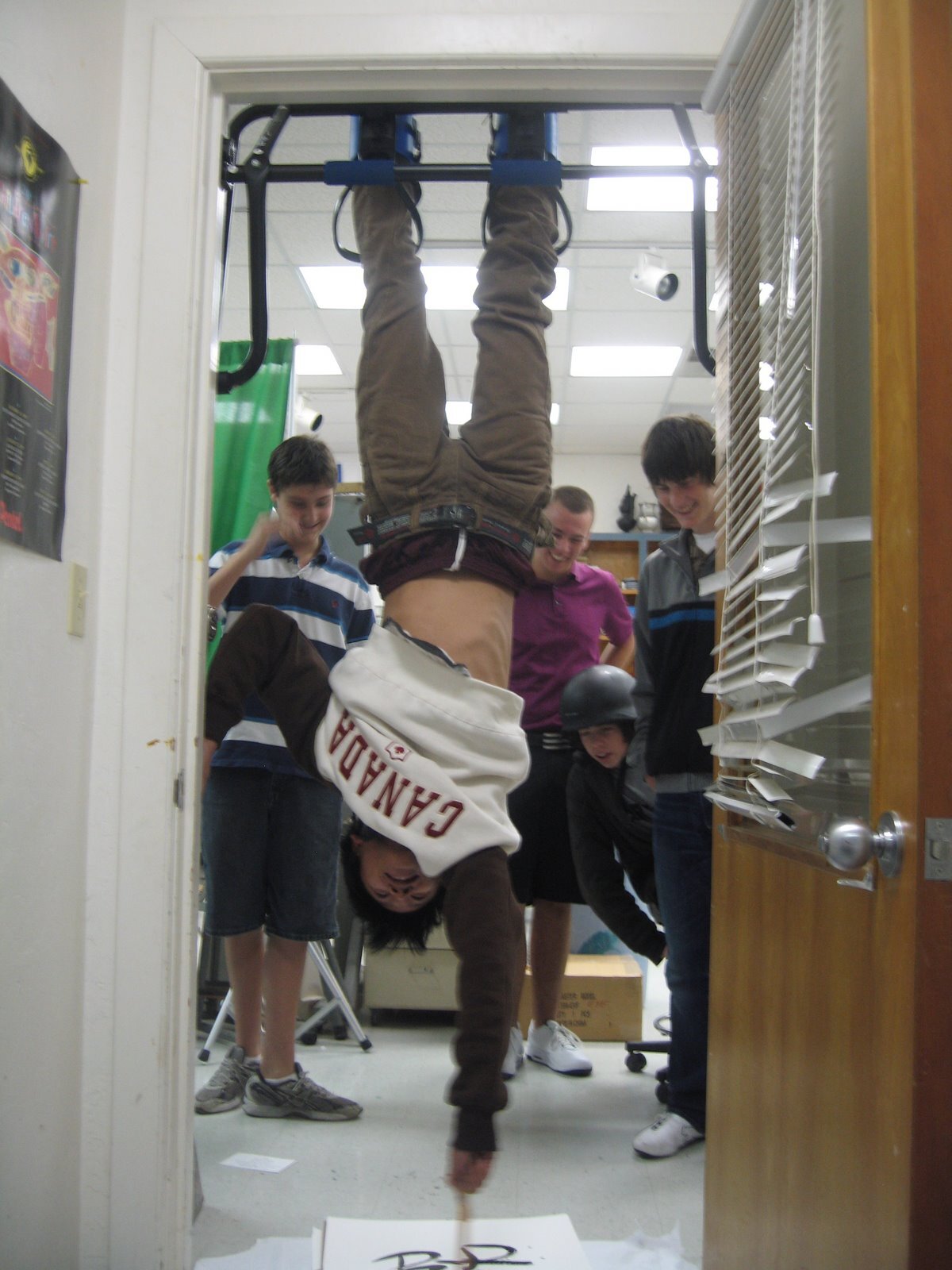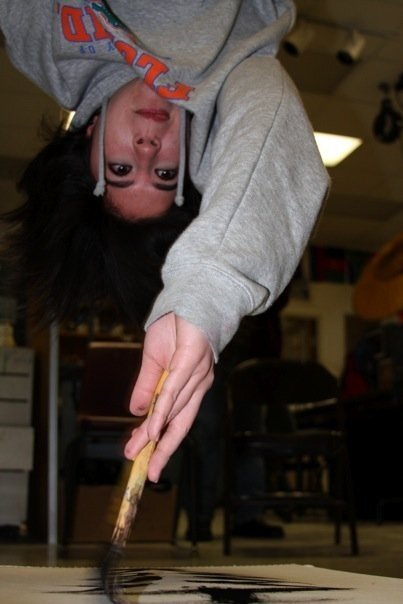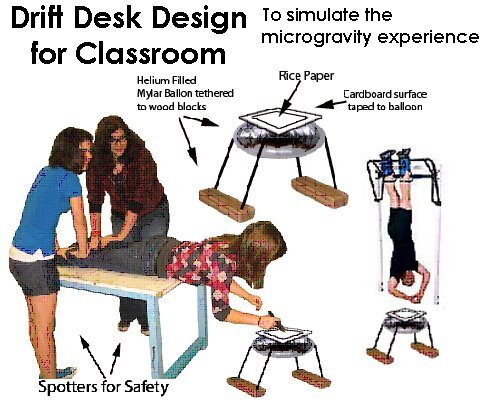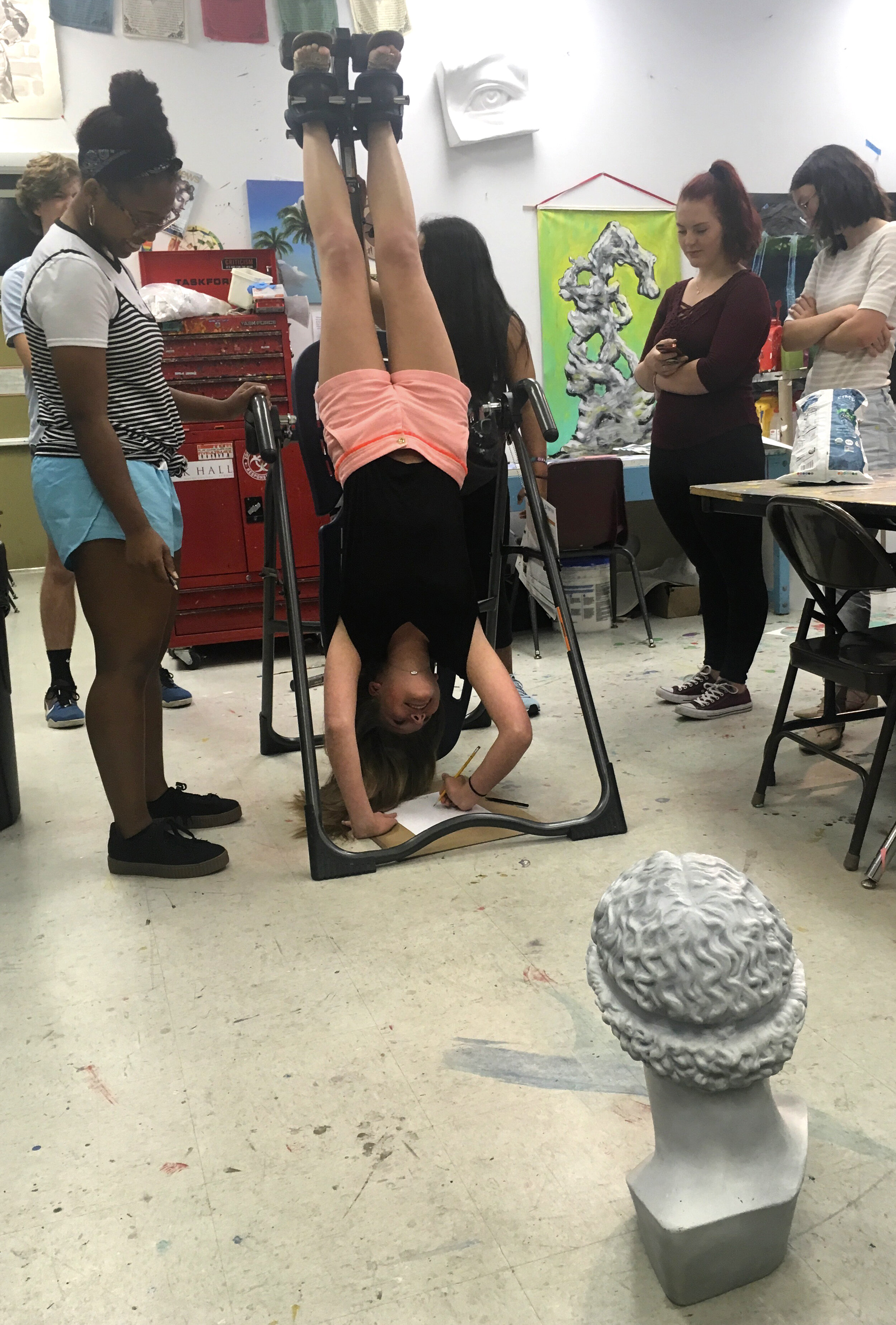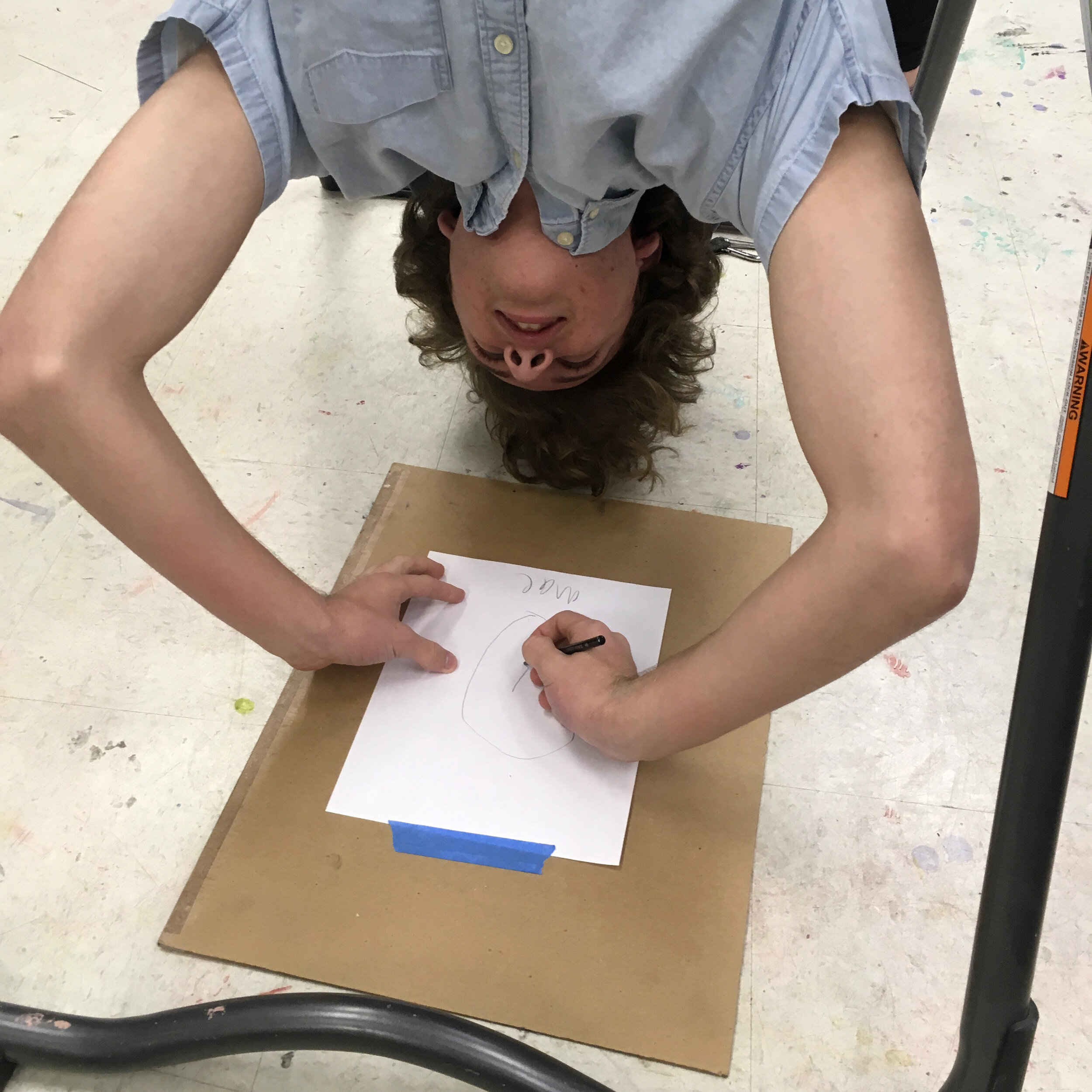A New Chance to Go to the Moon: The #dearMoon Project
The #dearMoon project is a lunar tourism mission and art project conceived and financed by Japanese billionaire Yusaku Maezawa. It will make use of a SpaceX Starship on a private spaceflight flying a single circumlunar trajectory around the Moon. Mr. Maezawa is taking 8 artists from around the world with him in 2023 and I want to be a part of this journey! I applied by writing two, 300-word essays and this is my one-minute video submission should I make it to the next step of the application process. This opportunity is very exciting and if chosen, it would be a dream come true. Wish me luck! I would love the chance to create Art in zero gravity again and share it with the world!
Making Art in Zero Gravity Aboard G-Force-1
It’s hard to express how excited I was in 2008 when I was awarded the opportunity to make art in Zero Gravity aboard G-Force-1! Thanks to a program sponsored by NASA, Space Florida, Northrop Grumman, SpaceTEC, the Stephen Hawking Microgravity Educational and Research Center, and the Zero Gravity Corporation, on December 7th, 2008. This chance to experience Zero Gravity is something I will never forget! Below are some images and drawings that were the results of this experience. On this flight, we experienced zero gravity for 45 seconds at a time. Below is a gallery of pictures from this memorable experience. If I am lucky enough to be chosen as part of the #dearMoonCrew, I look forward to making art in a sustained microgravity environment for the duration of this 6-day flight around the moon.
A Zero Gravity Inspired Art Lesson
"Inversion Art" is a drawing activity I have developed over the years which was first inspired by my own Zero gravity drawing experience.
I teach a foundation-level High School Art course that focuses on teaching students the skills and concepts of how to draw and paint accurately. The first step is for students to learn the science of how the eye actually sees (linear perspective) and that their eyes are literally data collectors of light. They also need to understand that the brain analyzes and classifies this data to make sense of the world. The key to understanding how to draw realistically is to understand that drawing is not a manual skill, rather it is the artist's ability to recognize that the brain constantly wants to stereotype the objects we observe to quickly make sense of this data. To draw more realistically one must ignore the stereotypes, slow down, pay attention and look carefully at what they see to make a more accurate representation.
The Inversion Art activity takes place at the end of a drawing lesson where students have studied the anatomy of the human head by creating a series of drawings of classic busts. With little instruction, students are then asked to hang upside down and to observe and quickly draw one of the classical busts they have just been studying.
When I first started this activity, I used an inversion rack with gravity boots to hang students. Alternatively, I experimented with different variations for students who may not be able to hang, such as the “Drift Desk” idea. More recently, I acquired a Teeter Inversion table which makes inverting students a lot safer.
By being forced out of their comfort zone, the students must concentrate and really LOOK in order to properly place the features of the head. Inevitably, more than half the class usually draws the bust upside down, unlike how it really appears to their eyes! Their brains inverted the image! This fun activity is meant to illustrate to students how their brains indeed stereotype the world and if they want to draw more accurately, they should pay attention to the raw data their eyes collect.


